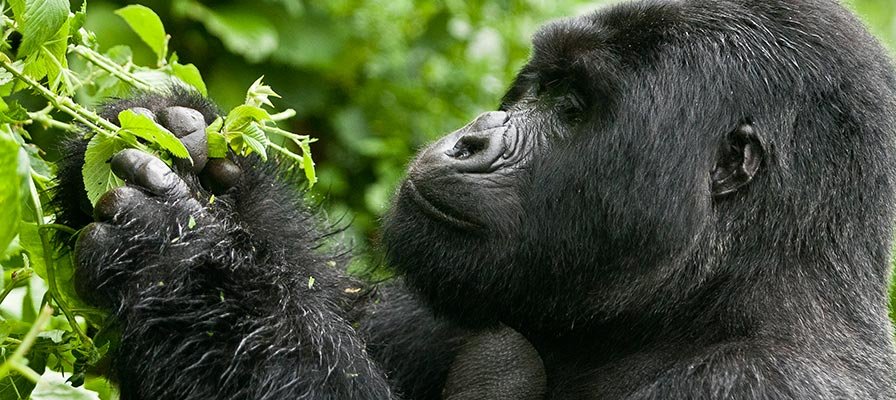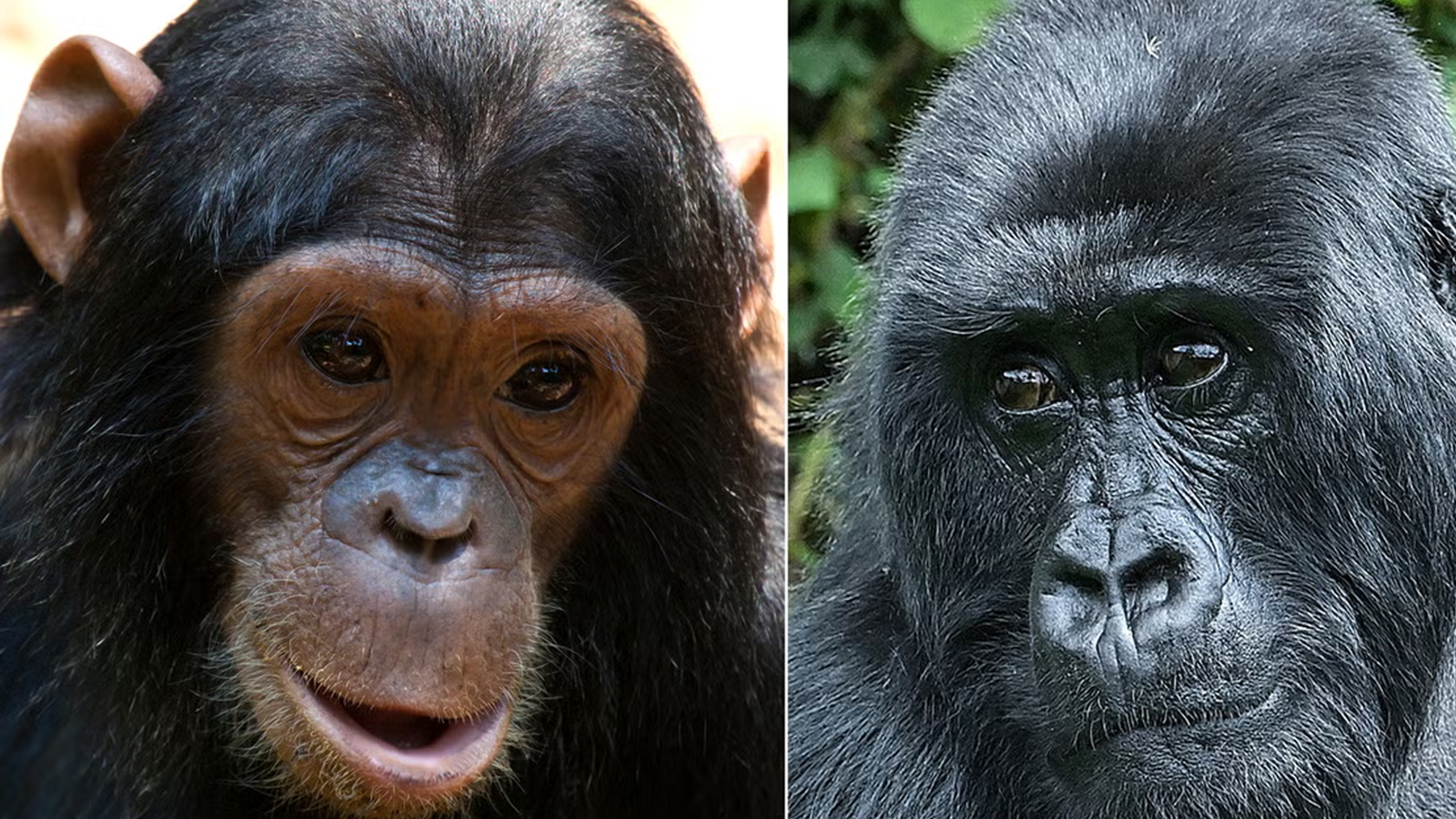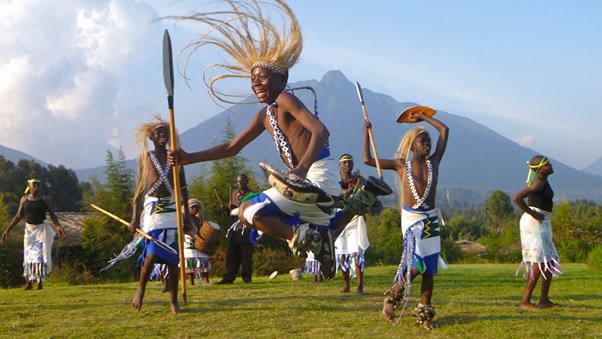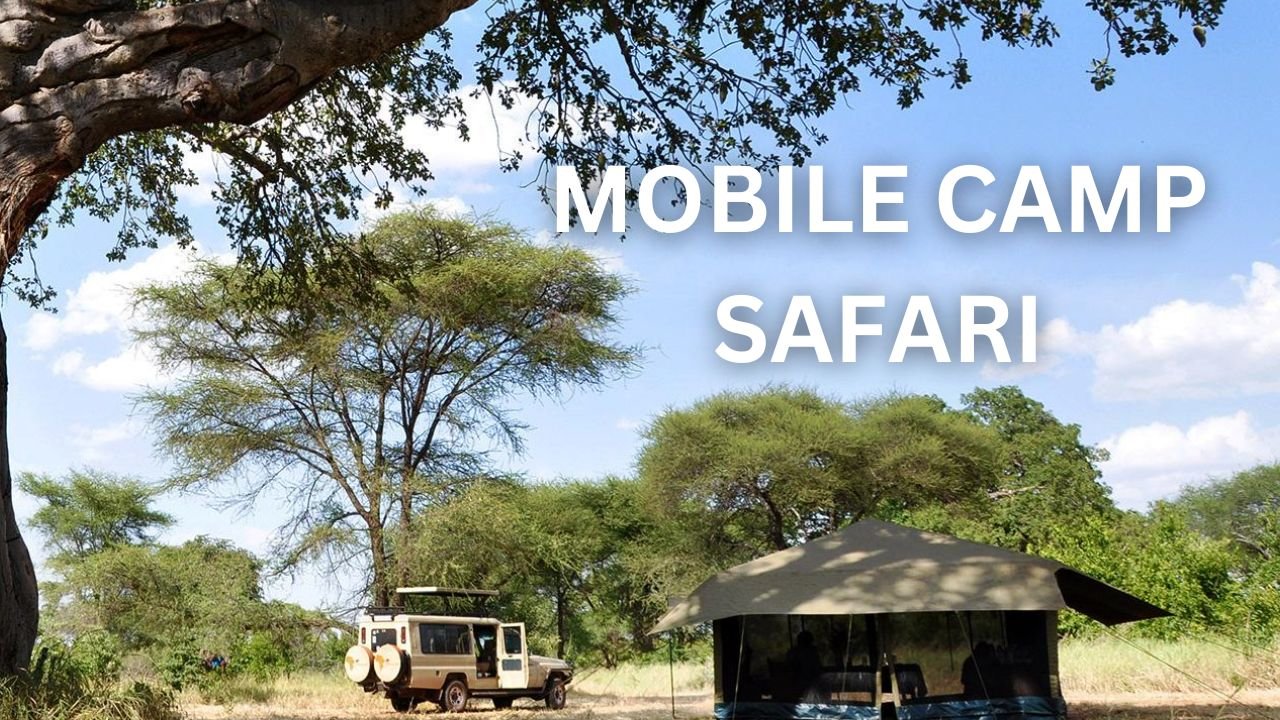
Location:
Both parks are easily accessible by road from major cities and towns in Uganda. The proximity of these two parks to each other makes it possible for visitors to choose between them when planning a gorilla trekking experience in the region. Bwindi Impenetrable National Park is located in southwestern Uganda, covering a vast area of dense, ancient rainforest. It is a UNESCO World Heritage Site and home to roughly half of the world’s remaining mountain gorilla population. Mgahinga Gorilla National Park, also in southwestern Uganda, is part of the larger Virunga Massif, which spans across Uganda, Rwanda, and the Democratic Republic of Congo. Mgahinga is smaller than Bwindi and is known for its three extinct volcanoes: Mount Muhabura, Mount Sabyinyo, and Mount Gahinga.Bwindi Impenetrable National Park:
Bwindi is situated in the Kanungu District of southwestern Uganda. The park is approximately 530 kilometres (330 miles) from Kampala, the capital city of Uganda, and the journey can take about 8-10 hours by road. Mgahinga Gorilla National Park: Mgahinga is located in the Kisoro District of southwestern Uganda. It is about 510 kilometres (317 miles) from Kampala, and the drive to the park can take around 8-9 hours.Gorilla Groups:
Both Bwindi Impenetrable National Park and Mgahinga Gorilla National Park are home to several gorilla groups, each with its unique set of individuals led by a dominant silverback male.Bwindi Impenetrable National Park (Uganda):
- Mubare Group: One of the oldest groups in Bwindi, Mubare is located in the Buhoma sector of the park.
- Habinyanja Group: Also found in the Buhoma sector, this group is known for having a large number of members.
- Rushegura Group: Situated in the Buhoma sector, Rushegura is known for its relatively calm and friendly behaviour.
- Bitukura Group: Located in the Ruhija sector, this group is known for its playful juveniles.
- Nkuringo Group: Found in the Nkuringo sector, this group is known for its challenging trek and stunning views.
- Mishaya Group: Also, in the Nkuringo sector, the Mishaya group was formed when Mishaya broke away from the Nkuringo group to establish his own group.
- Oruzogo Group: This group is found in the Ruhija sector and is known for its energetic and playful individuals.
- Nyakagezi Group: This group is the only habituated gorilla group in Mgahinga and is known for its frequent movements across the borders of Uganda, Rwanda, and the Democratic Republic of Congo.
Trekking Difficulty:
The difficulty of gorilla trekking can vary based on the specific gorilla group being visited, the terrain of the park, and the location of the gorillas on the day of the trek. Here are some general considerations for the trekking difficulty in both Bwindi Impenetrable National Park and Mgahinga Gorilla National Park:Bwindi Impenetrable National Park:
 Trekking in Bwindi can be physically demanding, as the terrain is rugged and the forest can be dense and challenging to navigate. The park’s name, “Impenetrable,” gives an idea of its thick vegetation and hilly landscape.
The difficulty of the trek largely depends on which gorilla group you are assigned to visit. Some groups may be closer to the park’s entrance, making the trek relatively shorter and less strenuous, while others may require longer hikes and more significant elevation changes.
Bwindi has several trailheads in different sectors (Buhoma, Ruhija, Rushaga, and Nkuringo), and each sector offers a different trekking experience. Some sectors have steeper trails, while others may have more moderate or gentler routes.
Trekking in Bwindi can be physically demanding, as the terrain is rugged and the forest can be dense and challenging to navigate. The park’s name, “Impenetrable,” gives an idea of its thick vegetation and hilly landscape.
The difficulty of the trek largely depends on which gorilla group you are assigned to visit. Some groups may be closer to the park’s entrance, making the trek relatively shorter and less strenuous, while others may require longer hikes and more significant elevation changes.
Bwindi has several trailheads in different sectors (Buhoma, Ruhija, Rushaga, and Nkuringo), and each sector offers a different trekking experience. Some sectors have steeper trails, while others may have more moderate or gentler routes.
Mgahinga Gorilla National Park:
Trekking in Mgahinga is generally considered to be less strenuous compared to Bwindi. The park’s smaller size and lower elevation contribute to a more manageable trekking experience. The Nyakagezi gorilla group is the only habituated group in Mgahinga. The trek to find this group may involve hiking through bamboo forests and the lower slopes of the Virunga volcanoes. While the trek may be less challenging overall, it’s essential to remember that trekking in any rainforest environment can still require a moderate level of physical fitness and endurance. Factors Affecting Trekking Difficulty:- Weather: The weather can significantly impact trekking difficulty. Heavy rainfall can make trails muddy and slippery, making the trek more challenging.
- Gorilla Location: The distance and elevation to the gorilla group’s current location on the day of the trek can influence the difficulty of the hike.
- Individual Fitness: Your own physical fitness level and hiking experience will also play a role in how you perceive the trek’s difficulty.
Scenery and Biodiversity:
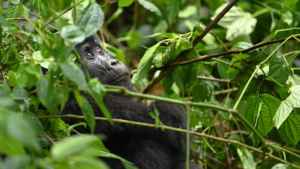 Scenery and biodiversity are among the key highlights of both Bwindi Impenetrable National Park and Mgahinga Gorilla National Park.
Each park offers unique landscapes and a diverse range of flora and fauna, making the gorilla trekking experience even more enriching. Here’s an overview of the scenery and biodiversity you can expect in each park:
Bwindi Impenetrable National Park:
Scenery and biodiversity are among the key highlights of both Bwindi Impenetrable National Park and Mgahinga Gorilla National Park.
Each park offers unique landscapes and a diverse range of flora and fauna, making the gorilla trekking experience even more enriching. Here’s an overview of the scenery and biodiversity you can expect in each park:
Bwindi Impenetrable National Park:
